Last-Minute NYC Holiday Gift Guide 🎁
We’ve created a holiday gift guide with presents for the intrepid New Yorker that should arrive just in time—


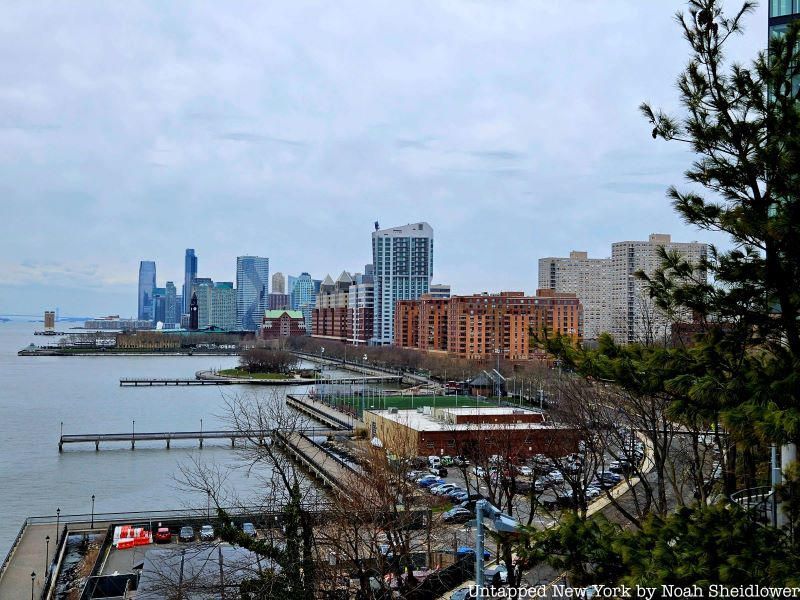
Located just over the Hudson River from New York, Hoboken, New Jersey is a city known for its baseball, photography, steamboat, and engineering history. Centered around Washington Street, Hoboken is a mix of new waterfront developments and historic brownstones and buildings. Many may associate Hoboken with Frank Sinatra, though the city has a fascinating and complex history dating back to the late 18th century when the Stevens family started to acquire property there. Here is part one of Untapped New York’s guide to Hoboken, starting with the first 10 secrets. Stay tuned for part 2!
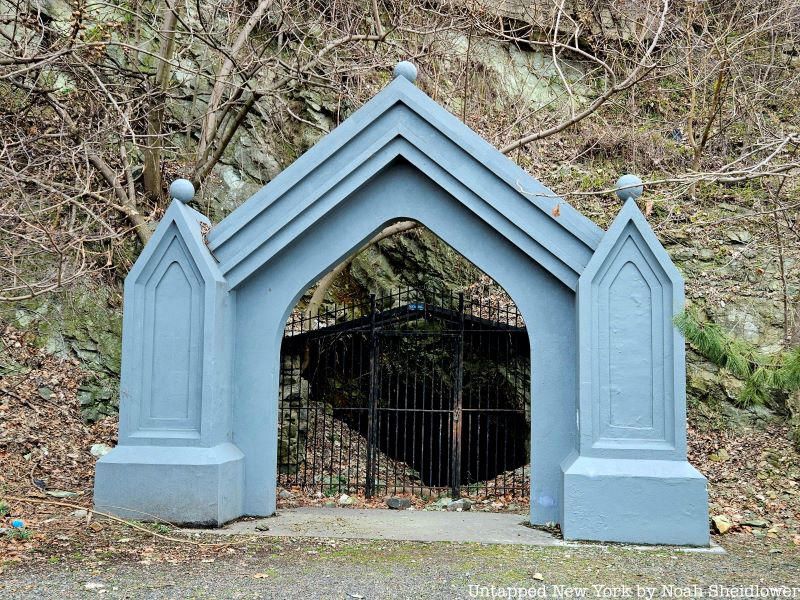
Though often closed off and obscured today, Sybil’s Cave is the oldest manmade structure in Hoboken, dating back to 1832. The cave was created by the Stevens family on their property, now the site of the Stevens Institute of Technology, as a natural spring with a Gothic-style entrance. Visitors during the Victorian Era would pass by the cave during their walks along the Hudson River. A cafe sold water and refreshments near the garden area. According to one report, the water, which sold for a penny, was “slightly impregnated with magnesia.”
The majestic cave was also the site of a gruesome crime when Mary Rogers, the so-called “Beautiful Cigar Girl,” was founded murdered. The unsolved murder inspired Edgar Allan Poe‘s detective novel The Mystery of Marie Rogêt. Her fiance Daniel Payne committed suicide near the cave as well, which greatly reduced traffic to the natural spring. As such, as the surrounding area became more built up and industrial, the cave fell into disrepair, and it was destroyed in the 1930s. The cave was rediscovered in 2007, and a new gate was built on the site.
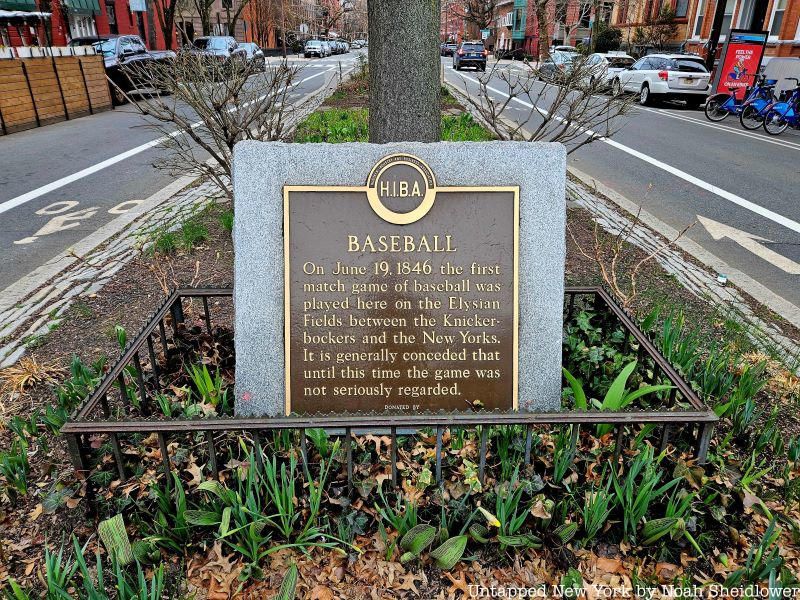
While walking along Washington Street, you may notice a plaque in the middle of an intersection that reads, “On June 19, 1846, the first match game of baseball was played here on the Elysian Fields between the Knickerbockers and the New Yorks. It is generally conceded that until this time, the game was not seriously regarded.” The four corners of Washington Street and 10th and 11th Streets also have the four bases representing the former Elysian Fields. Though the early history of baseball is hotly debated, historians on the whole agree that Hoboken was indeed the birthplace of baseball. Additionally, the first forward pass in football was thrown in Hoboken at Elysian Fields, and the first Thanksgiving football game was hosted there.
The roots of baseball stem from Manhattan when teams would play a rudimentary version of the ball game. Given the city’s rapid industrialization, many feared the game would cause property damage. Colonel John Stevens, hoping to build up Hoboken, invited some teams to play at Elysian Fields. Alexander Joy Cartwright, Jr. founded the New York Knickerbockers, consisting primarily of middle-class men, and he helped put together an official lineup of games at Elysian Fields against teams including the New York Nine. The first officially recognized baseball game took place in Hoboken on June 19, 1846, after which Cartwright developed standardized rules including separating bases by 90 feet and establishing a nine-inning limit. Foul lines were also added, as well as strikes for pitches that landed in the strike zone. By 1858, a whopping 60 teams were playing under the new rule set.
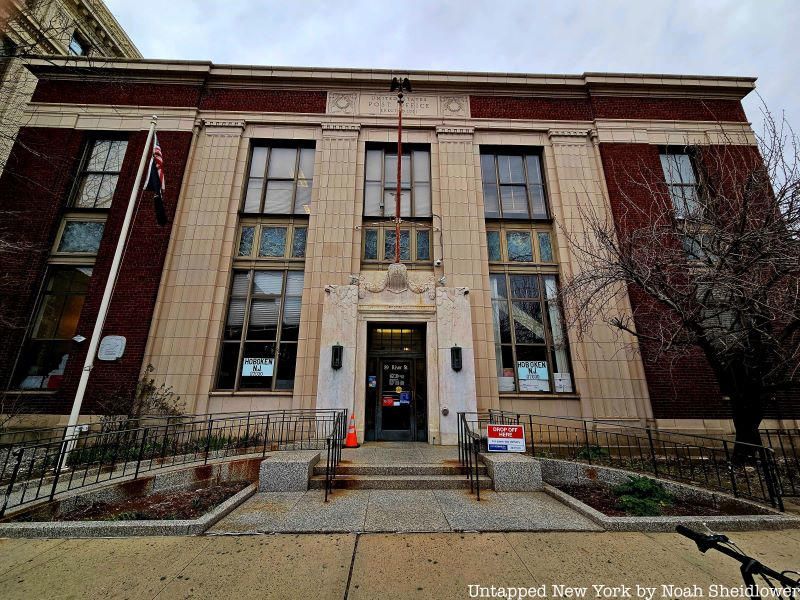
Frank Sinatra, born Francis Albert Sinatra, was born and raised in Hoboken at 415 Monroe Street. Sinatra was the oldest child of two Italian immigrants. He attended a number of Roman Catholic institutions around the city. Sinatra faced some health issues during his childhood, including severe scarring on his face that earned him the nickname “Scarface.” His mother was made a Democratic ward leader in Hoboken and notably chained herself to city hall in support of women’s suffrage. His parents ran a tavern during the Prohibition Era, during which time Sinatra learned to speak Yiddish and learn piano. He would sing on street corners around Hoboken and took a particular interest in big band music at his parents’ bar. His mother, though hesitant at first, saw great talent in Sinatra. By the time he enrolled at A. J. Demarest High School, he was arranging bands for school dances. He was ultimately expelled and ridiculed by his teachers for having no genuine talent or passion.
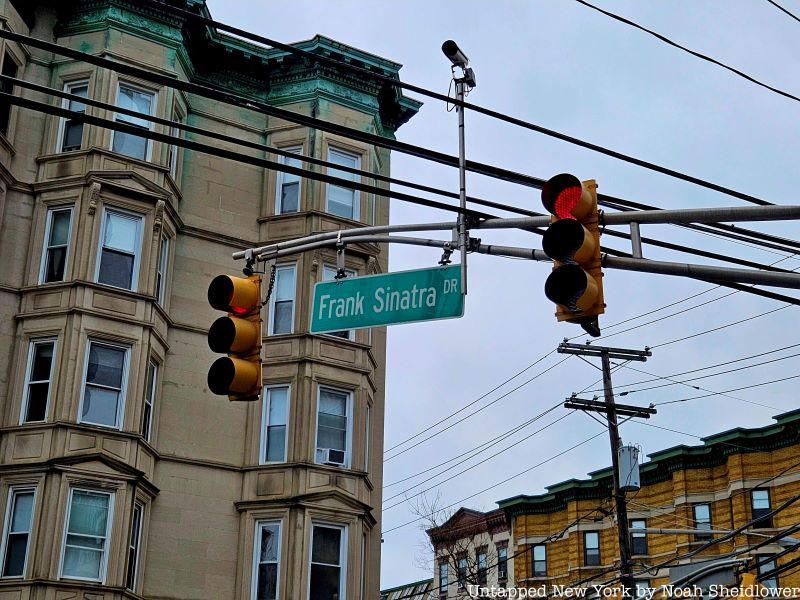
He took up as a delivery boy with the Jersey Observer, during which time he would perform at local bars and sing for free at radio stations. He would move to New York and begin lessons before taking up the role of singing waiter at The Rustic Cabin in Englewood Cliffs. Despite a major dispute between him and his girlfriend at the restaurant, this was where he got his first big break, a break that would make him the legendary singer and actor all New Yorkers know. He is memorialized in Hoboken with Frank Sinatra Boulevard and the Frank Sinatra Post Office, as well with as a giant statue near the waterfront.
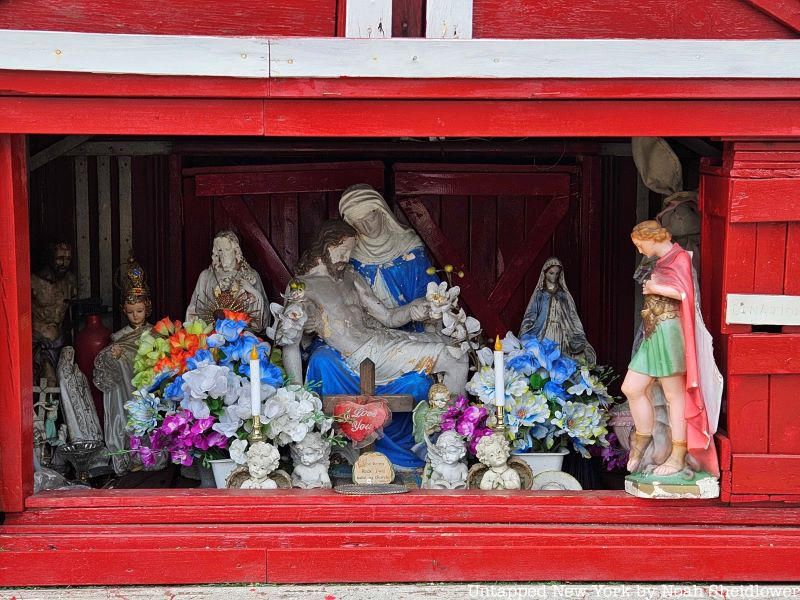
In 2005, on the outskirts of Hoboken, residents say a miracle occurred, though not one many would expect. A Sacred Heart of Jesus statue on Third Street and Jackson Street, which was in place for over 25 years, was said to have opened one of its half-closed eyes. The plaster in Jesus’ right eye could be seen for the first time, leaving some skeptical and others particularly hopeful.
Nobody could clearly explain what happened, though some religious leaders suggested that the intense heat may have altered the statue’s face. Others asserted the statue already had eyes and that eyelids were glued on but fell off. Some other theories, such as human interference, were put on the table, though some residents were confident this was a religious miracle. Some residents viewed this as a sign that the surrounding area would receive some financial relief or good luck.
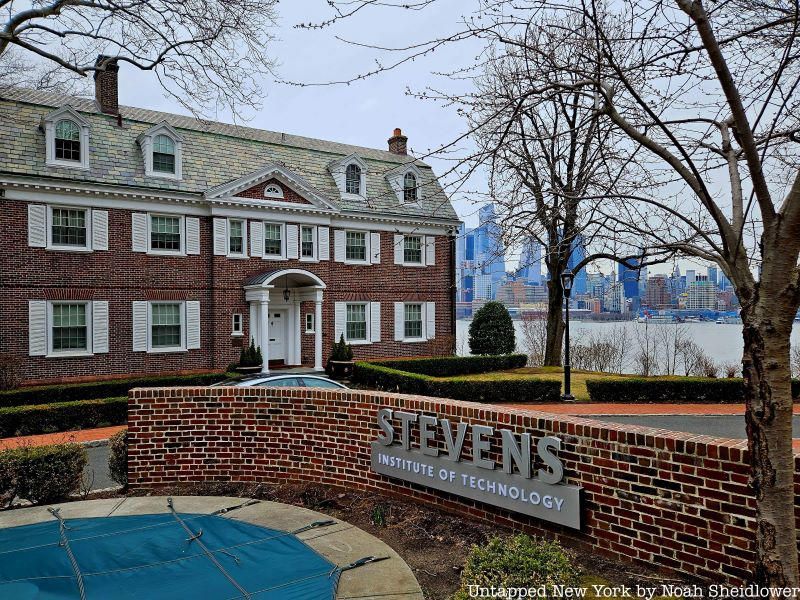
Overlooking the Hudson River, Stevens Institute of Technology was the first American college dedicated to mechanical engineering. Established in 1870, the university sits on land first bought by John Stevens in 1784 (whose eldest son was the first commodore of the New York Yacht Club). Stevens’ son Edwin, who died in 1868, wrote in his will that he would give up the land for the establishment of an institution, and two years later, the institute opened with courses based on the European Polytechnic model. The first students would predominantly earn degrees in mechanical engineering, though some Ph.D. programs were offered in chemistry and physics; this mades the school one of the first in the nation to grant doctoral degrees.
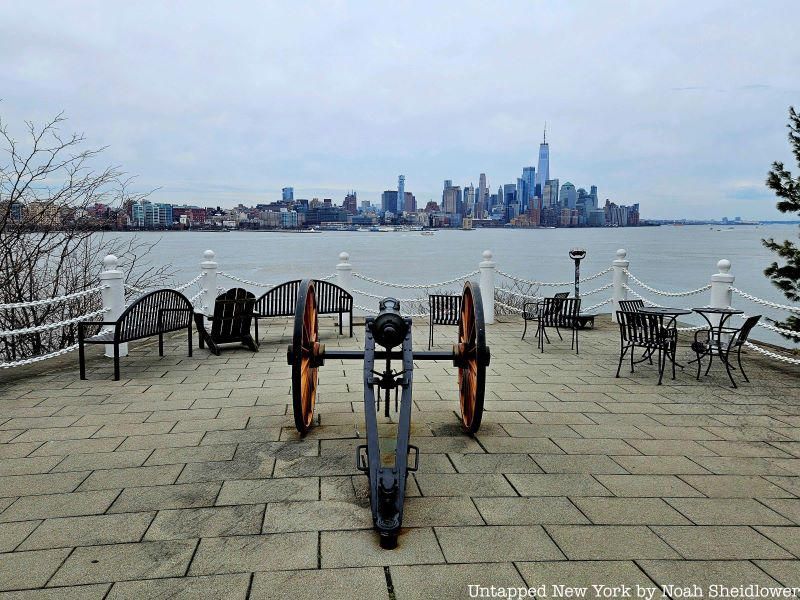
The school greatly expanded in the early 1900s as more degree programs and fields of study were added. The school took part in the V-12 Navy College Training Program during World War II, and over two decades later, the school established the nation’s first floating dormitory aboard the SS Stevens. The university over the years gained some valuable works, including exact copies of Da Vinci’s manuscripts and artwork by alum Alexander Calder. The college also boasts some of the best views of Manhattan, including from Castle Point, the highest point in Hoboken, which was formerly the site of a 40-room mansion.
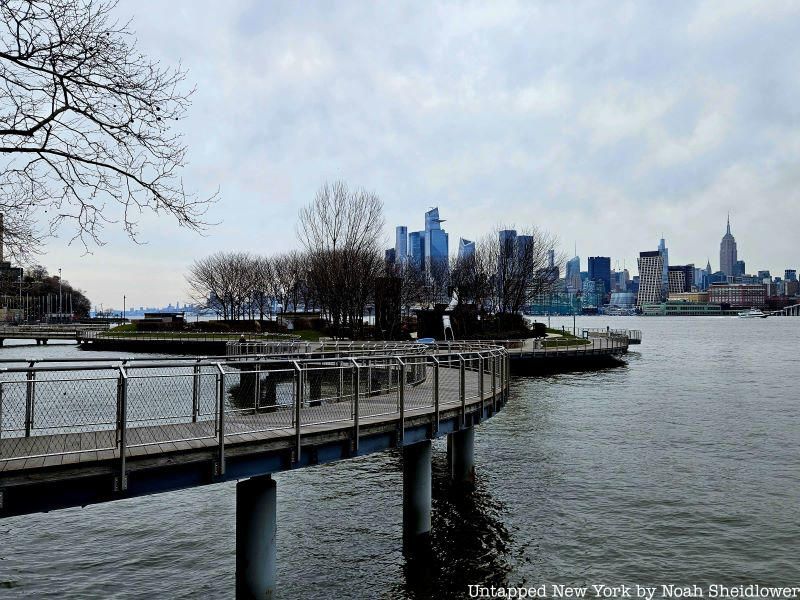
Hoboken played a significant role in the development of the first steamboats, and the steamboat route from Hoboken to Manhattan was the world’s first regularly operating commercial steam ferry. According to the Hoboken Historical Museum, Colonel John Stevens legendarily spotted John Fitch’s experimental steamboat, which led him to investigate the boat and use these developments for the benefit of early Hoboken. Stevens received one of the nation’s first patents for an application of steam power. He demonstrated his Polacca steamboat, which carried passengers from Belleville, NJ, to New York City. Stevens’ children were brought in to help with the construction of the Little Juliana, which successfully navigated the Hudson River.
Stevens met Robert Fulton, widely credited with developing the world’s first commercially successful steamboat. After this meeting, Stevens put even more effort into designs for steamboats like the Phoenix, the first successful steamboat entirely constructed in America. Both Fulton and Robert Livingston aimed to compete with the Phoenix, which connected New York and New Brunswick, New Jersey. For just two years starting in 1811, Stevens launched a steam-ferry service from Hoboken to Manhattan that ran regularly, though it was shut down in 1813 due to pressure from Livingston, who had a monopoly with Fulton later struck down by the Supreme Court.
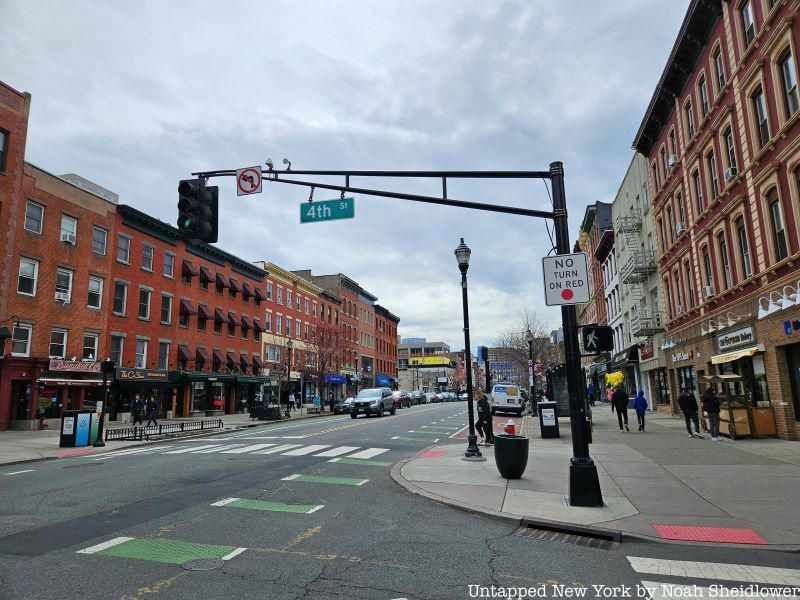
John Stevens was not just passionate about steamboats; Stevens and his son Robert were leaders in the American railroad industry. They also raced yachts, and Robert even had his hand in engineering warships that would come in handy for the Civil War. John Stevens, using his knowledge of steamboats, wanted to apply steam-powered technology to railroads, writing a pamphlet advocating for the transition to railroads instead of steam transport around the War of 1812. He argued that constructing railroads would be significantly less costly than the Erie Canal, and after more writings, he received the country’s first railroad charter in 1815.
Initially, Stevens could not find enough funds to plan a line from near Trenton to New Brunswick, so instead, he built a circular route on his Hoboken estate. The locomotive that would circle the property was actually the first locomotive built in America, reaching speeds of 12 miles per hour during testing. Robert became president of the Camden and Amboy Railroad, during which time he switched to all-iron rails instead of wooden rails, in addition to developing hook-headed spikes still used today. Robert introduced the first commercially used locomotive in the country, which he called the John Bull. The Camden and Amboy Railroad rapidly developed in the 1830s, essentially having a monopoly in New Jersey until 1854.
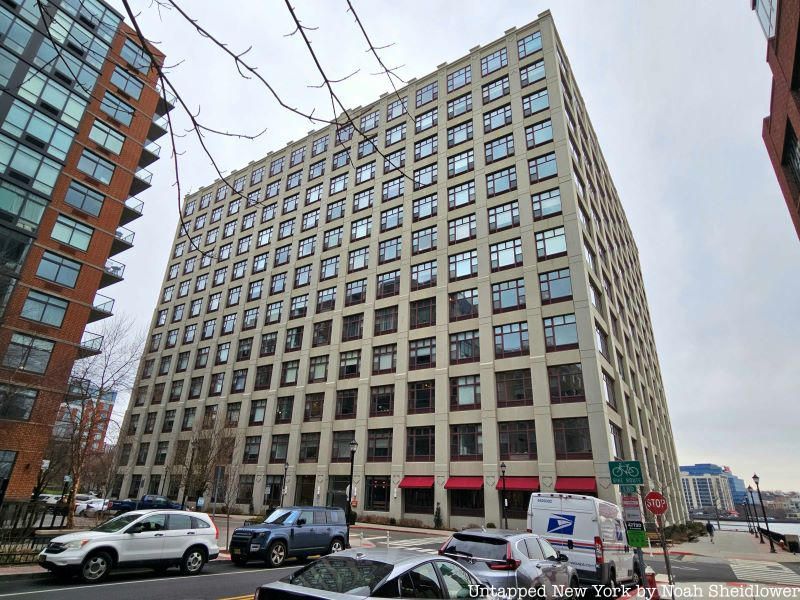
Around Hoboken, street names and buildings hint at the city’s industrial past, which was once dominated by companies including Maxwell House and Lipton Tea. Maxwell Lane, a small street near Maxwell Place luxury condos, pays homage to the Maxwell House Coffee plant that opened in 1939 at the site. It was the largest employer in Hoboken from around the 1940s until the 1980s when it shut down due to rising costs and asbestos levels. The Toll Brothers converted the plant’s location into a luxury condo building, pointing back to a time when Hoboken thrived thanks to companies including Hostess and Bethlehem Steel.
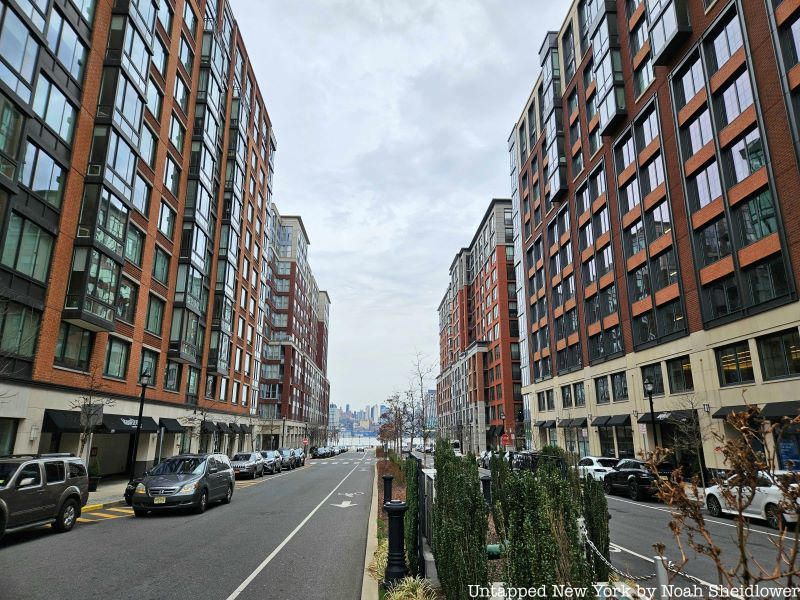
Another major employer of the time was Lipton Tea, which had headquarters at Washington Street and 15th Street. Ships would deliver cargoes of tea to the huge building, which overlooked North Hoboken Harbor. Sir Thomas Lipton opened over 200 stores across the United Kingdom by the turn of the 20th century, and he looked to expand to Hoboken due to easy access to New York City and ample room for expansion. The Lipton plant prospered for a few decades, though it closed in 1963 after highways became more reliable for shipping, instead moving to Englewood Cliffs. The property was converted into rental apartments in the late 1990s and was renamed the Hudson Tea Building.
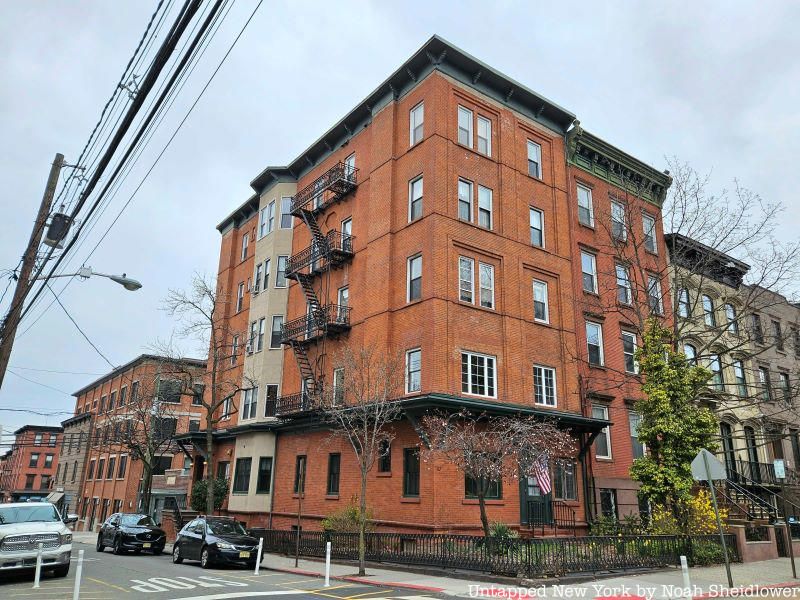
Hoboken’s residents have included Frank Sinatra and Eli Manning, though two of the most famous photographers have also called the city home. Dorothea Lange lived in a brownstone at 1041 Bloomfield Street, born here to a librarian mother and a lawyer father. Lange grew up at the home but contracted polio, leaving her with a permanent limp. Her father’s sudden departure from her life led her to care little about school, eventually taking up photography after landing a job at Arnold Genthe’s Manhattan shop with no experience. Lange then moved to San Francisco, during which time she cultivated her craft and became a leading photographer of the Great Depression era, capturing the iconic “Migrant Mother” photo.
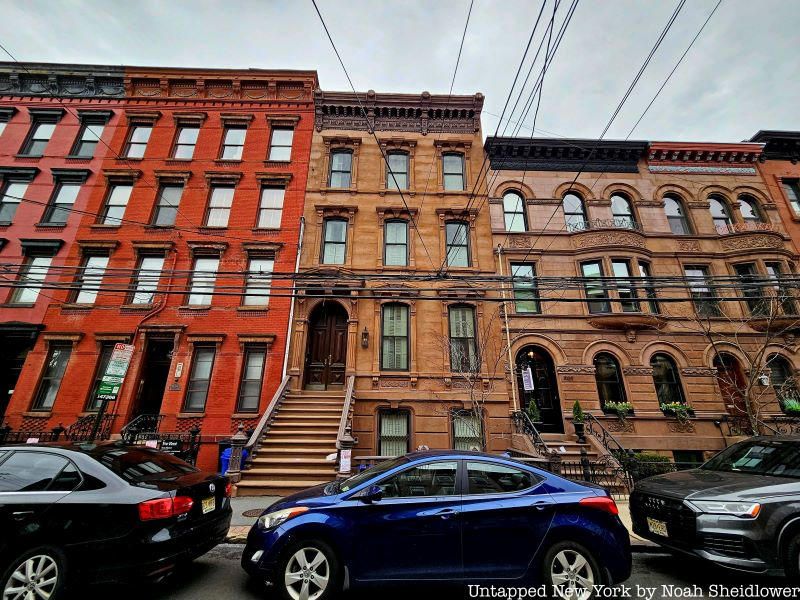
Before Dorothea Lange even got her start, another Hoboken resident achieved success as a photographer. Alfred Stieglitz lived at 500 Hudson Street in the 19th-century Sea Bright Apartment Building. He was the son of German Jewish immigrants, and his father was a lieutenant in the Union Army. Stieglitz once quipped, “I was born in Hoboken, I am an American,” though much of his schooling took place in New York. After moving back to Germany, Stieglitz learned about the chemical processes behind developing photographs, and he gained some fame in Europe before coming back to New York in 1890. Stieglitz later gained fame for photographs including The Steerage and Winter – Fifth Avenue. His New York salon, which he called 291, exhibited photography alongside Picasso and Cezanne.
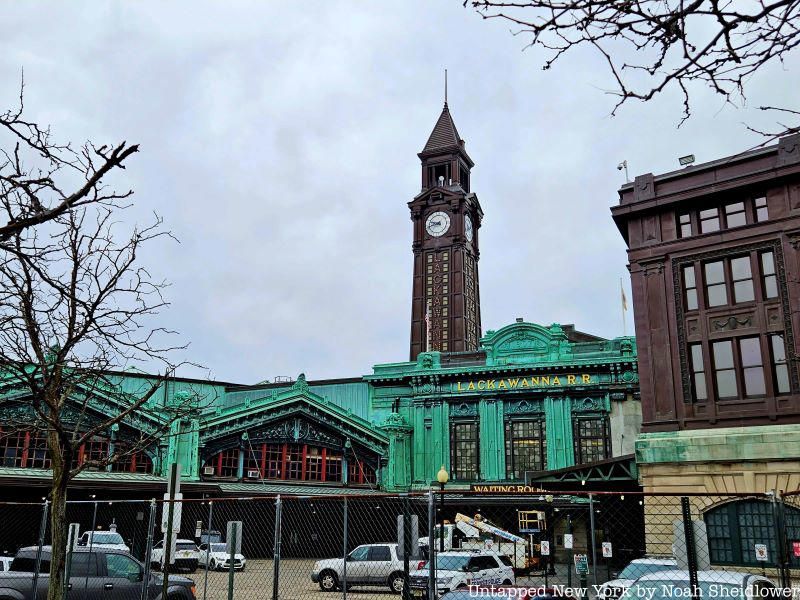
Hoboken has one of the highest rates of public transportation use in the nation, as about 56% of workers commute daily via mass transit. Many pass through Hoboken Terminal, the ninth-busiest railroad station in North America and the second-busiest railroad station in New Jersey. The transportation hub is served by nine New Jersey Transit lines, a Metro-North line, the PATH train, and other light rail and bus lines. The terminal was built on the land where John Stevens operated his short-lived steamboat ferry, and the structure dates back to 1907 for the Delaware, Lackawanna, and Western Railroad.
In 1930, Thomas Edison was in attendance for the first departure of an electric multiple-unit train. The station was also one of the first to install air conditioning, and it was known for its clock tower, which was taken down to extract its copper for World War II. Hoboken would service cities across the nation, though, with the rise of Amtrak, the final train connecting Hoboken and Chicago departed in 1970. The station also suffered a blow after the decline of the Hoboken Inclined Cable Railway. The terminal’s iconic clock tower, visible from across the Hudson, was rebuilt during renovations in the mid-2000s, and its Beaux-Arts interior and exterior were renovated as well, preserving its Tiffany stained glass.
Next, check out the Top 11 Secrets of Fort Lee, New Jersey!
Subscribe to our newsletter